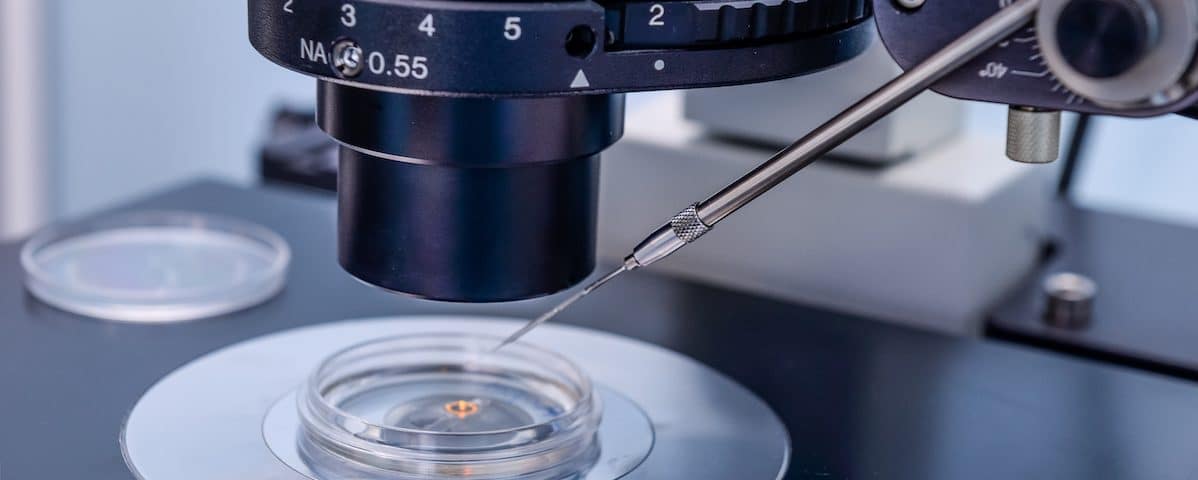Fresh Versus Frozen Embryo Transfers

Costs of Surrogacy
April 6, 2021
How Do You Decide to Utilize PGT-A in Combination With IVF?
May 6, 2021Patients may ask whether a fresh or frozen embryo transfer (FET) is best for them.
At CACRM, we customize your IVF transfer based on your clinical needs and circumstances to maximize your chances of a successful pregnancy. There are pros and cons to each transfer approach.
A frozen embryo cycle is where embryos created in one cycle are thawed and used in another cycle. A fresh embryo cycle happens during the same cycle as egg retrieval.
Advantages of a fresh embryo transfer
If you opt for a fresh embryo transfer, you don’t need to wait for another cycle. However, your uterine lining might not be as conducive for implantation because of the high estrogen/progesterone levels you experienced preparing for the egg retrieval.
Advantages of a frozen embryo transfer (FET)
There are also indications that frozen embryo transfers provide a higher embryo success rate than using fresh embryos because IVF stimulation medications can alter the endometrium, the lining of the uterus. A frozen embryo transfer separates the ovarian stimulation for egg retrieval from the embryo transfer. It can reduce the probability of severe Ovarian Hyperstimulation Syndrome (OHSS), allow you to rest between procedures, give your uterine lining time to recover from the stresses of egg retrieval, and improve uterine receptivity.
Disadvantages of a frozen embryo transfer
There is always a small chance that an embryo may not survive the thawing process. However, advances in embryo freezing techniques have reduced that possibility. Also, you have additional time until you achieve pregnancy.
Genetic testing and fresh versus frozen embryo transfers
Frozen transfers (FET) allow for pre-implantation genetic testing, which may improve the probability of successful implantation. A fresh transfer may not be possible if pre-implantation genetic testing is performed since results may not be available to plan for a fresh transfer.
Pre-implantation Genetic Testing for Aneuploidy (PGT-a) is utilized to check for aneuploidy (abnormal number of chromosomes) of the embryos. Aneuploidy increases with maternal age. Genetic screening of the pre-implantation embryo can determine whether the embryo could be affected by a chromosomal abnormality. Testing will reduce the chance of conceiving a baby with an aneuploidy by more than 90%.
Pre-implantation Genetic Testing for Monogenic Disorders (PGT-m) is a technique used in conjunction with IVF to test embryos for gene mutations causing an inherited disease before an embryo transfer takes place. A genetic probe for a specific disorder needs to be designed before the testing. The probe is required to be designed before the IVF/PGT-m cycle. The goal of PGT-m is to identify and select embryos without genetic mutation and to transfer the unaffected embryo into the surrogate. PGT-m and PGT-a can both be performed. A fresh transfer cannot be accommodated since the results take longer.
Dr. Arnold will discuss your most appropriate embryo transfer option based on your IVF plan.


